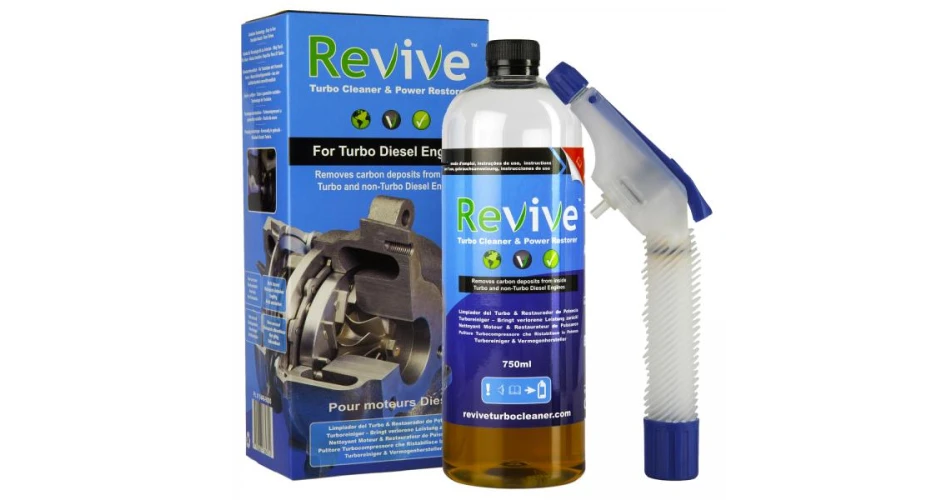The growing army of Revive customers tend to be quite vocal when it comes to praise for the Turbo and Engine cleaner and some have even suggested that as well as boosting an engine performance and reducing emissions, Revive can also be a great help in solving DPF issues.
Having been told this by many garages Revive decided it warranted further investigation, especially as the product was not designed to clean DPFs. The team chose a 2009 Skoda Octavia VRS CRD with no current issues as its test vehicle. It had 140,000 miles on the clock and had been serviced regularly and averaged 12 miles a day.
Using a diagnostic tool from sister company, SP Diagnostics, soot loading checks were made on a daily basis to get an understanding of how much soot was being added to the DPF and at what point the natural regeneration of the DPF occurs. The finding were pretty much in line with the manufactures stated operation, i.e; 0-18 grams = Passive Regeneration, 18-24 grams = Active Regeneration, 24-40 grams = Customer Initiated Regeneration Drive and 40-45 grams = Service Initiated Regeneration.
The car was then subject to the Revive treatment on the engine and turbo. What the team found was that after using Revive the soot loadings had increased buy a further 6 grams, showing that Revive will still clean even a healthy engine.
The car was then taken on a test drive to allow a DPF regen and then soot levels were checked again. The readings showed that residual loadings after regeneration were lower than they have ever been on previous tests. This demonstrated that although Revive had not actually cleaned the DPF, the process of removing carbon from the engine and turbo had allowed the regeneration to be more efficient as the ECU could complete its strategy better.
Revive conclude that by making sure an engine is clean and functioning properly by using Revive at service intervals, the potential for DPF problems can be minimised and the car can be allowed to run much better for much longer.
